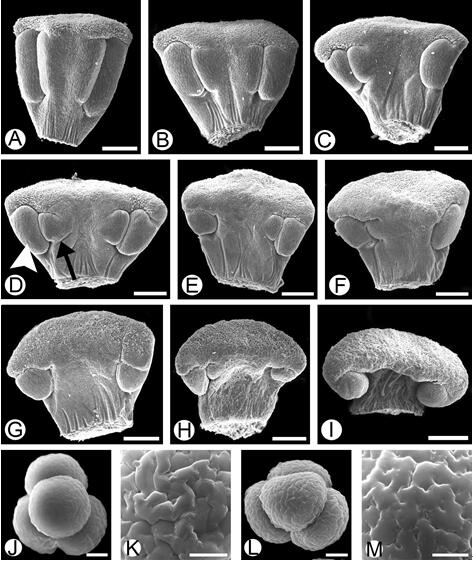Flowering plants exhibit spectacular sexual diversity. The formation of unisexual flowers is thought to promote outcrossing, prevent inbreeding depression, and enhance genetic variability. The Annonaceae are one of the largest families of Magnoliales. The family comprises diverse unisexuality. The comparative development of staminate and pistillate flowers in Pseuduvaria trimera(Annonaceae), and the morphological and anatomical features of its mature stamens and staminodes were investigated by Yang and Xu. The data suggest that staminate flowers are unisexual from their inception (Type Ⅱ flowers ) while pistillate flowers are unisexual by abortion (TypeⅠflowers). The stomium region of each theca is composed of the septum and the stomium. The septum and stomium cells of stamens degenerate and facilitate anther opening, whereas those of staminodes remain intact and form indehiscent anthers. The structural andromonoecy of P. trimera actually functions as monoecy. The mechanism underlying the sterility of the indehiscent staminodes and the delayed dehiscence of the outer stamens might promote xenogamy. This research results were published in the International Journal of Plant Sciences (Volume 177, Issue 9, 2016).

Comparative morphology of stamens, staminodes, and their tetrads at anthesis in Pseuduvaria trimera.
